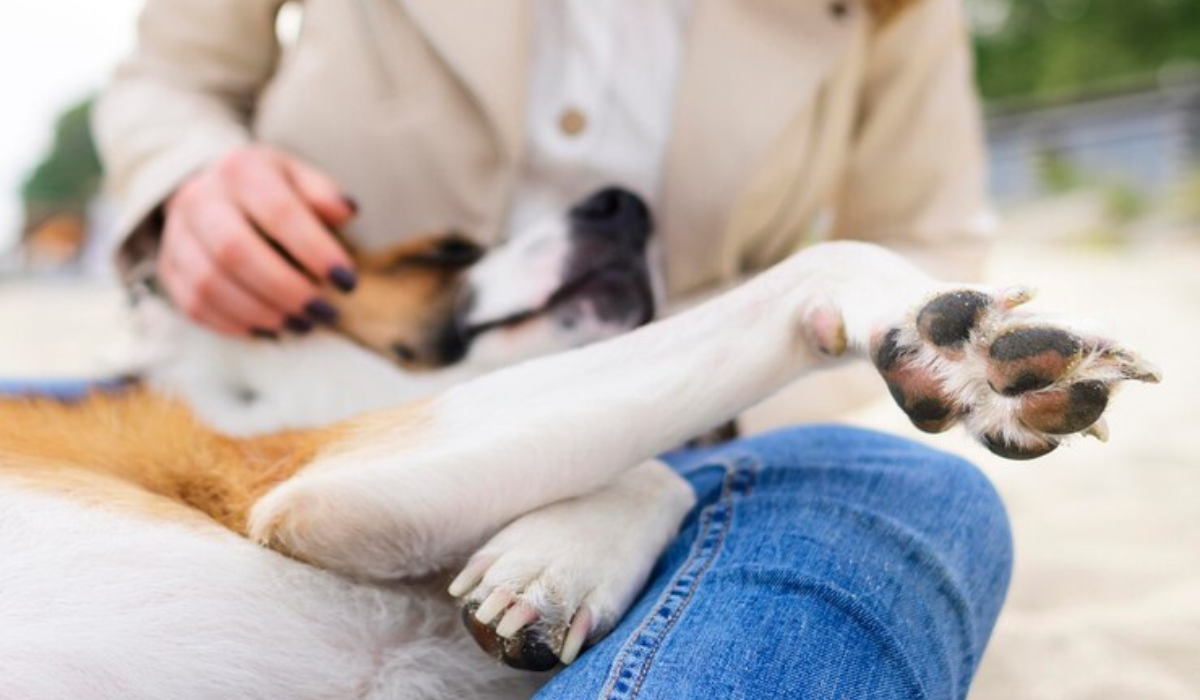Careers related to dogs:
The terms “dog trainer” and “dog behaviorist” are often used interchangeably in the field of dog-related careers, causing confusion among pet owners. A thorough understanding of the distinctive roles of these professionals is crucial to ensuring the well-being of a dog’s companion and addressing specific needs.
Trainers are defined as:
In dog training, specific commands and behaviors are taught to dogs, including sit, stay, and come. Especially for dogs needing fundamental training for a harmonious companionship, they are vital to leash training and addressing common behavioral problems. When choosing a trainer, certification organizations such as CCPDT and IACP emphasize the importance of research and references.
A dog behaviorist’s role is to:
An animal behaviorist, however, approaches their work with a scientific foundation, having trained in animal behavior and learning. Through behavior modification techniques, they aim to manage and prevent dog behavior problems. In contrast to trainers, behaviorists examine the dog’s environment and relationships to determine the cause of behavioral issues. In cases where medication is required, they collaborate with veterinarians to develop custom treatment plans.
A dog behaviorist can help with the following behavioral problems:
Misbehavior is caused by a variety of emotional issues that dog behaviorists address. In addition to identifying potential causes, they assess the impact of the home environment, relationships, and possible bad habits. A comprehensive approach to behavioral issues can be achieved by collaborating with the dog’s veterinarian.
Dog behaviorist evaluation process:
When a dog behaviorist evaluates a dog, various factors are taken into account, including the dog’s behavior. Observing the dog in its home environment allows us to gain a better understanding of its interactions with its family and surroundings. In close collaboration with the pet owner, behaviorists implement changes in the environment and provide follow-up sessions to monitor progress.
Anxiety and destructive behavior:
A dog behaviorist’s role includes addressing destructive behavior. They assist in identifying the root cause and distinguishing boredom from separation anxiety. To curb destructive habits effectively, owners are guided to understand and address underlying issues.
Fear aggression and puppy socialization:
To prevent future behavior problems, dog behaviorists recommend early socialization for puppies. Their goal is to help dog owners ensure that their pups develop into stable, well-adjusted adult dogs by addressing fear aggression and instability resulting from inadequate socialization.
How to choose a dog behaviorist:
There is no regulation in the field of dog behaviorists, so it is important to select a professional carefully. Credibility is added by certification with respected organizations such as the Animal Behavior Society (ABS). In order to make an informed decision, it’s important to understand the differences between trainers, behavior consultants, certified applied animal behaviorists, and board-certified veterinary behaviorists.
In conclusion:
It is crucial to distinguish between a dog trainer and a dog behaviorist in order to tailor the right approach to a dog’s specific needs. Selecting the right professional ensures a positive and effective strategy for the well-being of a cherished canine companion, whether the focus is obedience training or complex behavioral issues.








